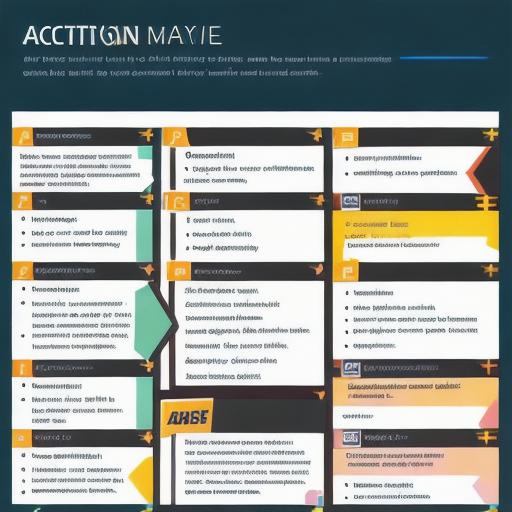Introduction:
In today’s competitive job market, creating a standout game developer resume is crucial to attract potential employers and secure your dream job. With millions of developers competing for a limited number of positions, it can be challenging to make yourself stand out in the crowd. However, with some simple tips and tricks, you can create a resume that effectively showcases your skills and experience, making you the top candidate for the job. In this article, we will provide you with valuable insights on how to craft an effective game developer resume that will help you stand out from the competition.
Why is a Resume Important?
Firstly, let’s understand why creating a resume is essential for any job seeker, including game developers. A resume is a concise and well-organized summary of your skills, experience, education, and achievements that make you an ideal candidate for the job. A well-written resume can help you showcase your strengths to potential employers, making it more likely that you will be offered an interview. Additionally, a resume allows you to tailor your application to specific job requirements, ensuring that your skills and experience align with the position you are applying for.
How to Start Writing Your Game Developer Resume
When starting to write your game developer resume, it’s essential to understand that there is no one-size-fits-all approach. Each person’s background and experience are unique, and therefore, their resume should reflect that. However, there are some key elements that you should include in your game developer resume to make it stand out from the competition.
- Contact Information: The first step in creating a game developer resume is to include your contact information. This includes your name, email address, phone number, and a professional website or portfolio link if available. It’s essential to ensure that all your contact information is up-to-date and accurate, so potential employers can easily get in touch with you.
- Summary or Objective Statement: The next step is to include a summary or objective statement that highlights your most relevant skills and experience. This section should be concise, typically one or two sentences long, and provide a brief overview of what makes you an ideal candidate for the job.
- Education: In this section, you should list any relevant education degrees, certifications, or training programs that you have completed. If you have a degree in game design or development, be sure to highlight it here. Additionally, if you have taken courses or workshops related to game development, include them as well.
- Experience: The experience section is where you can showcase your skills and expertise. List any previous job experience, including the job title, company name, employment dates, and a brief description of your responsibilities and achievements in that role. You should also mention any relevant technologies or programming languages you have used in your previous roles.
- Skills: In this section, list any relevant skills that you possess, such as programming languages, game engines, design tools, etc. Be sure to highlight any unique skills or expertise that sets you apart from other candidates.
- Portfolio: If you have a portfolio of your work, include it in your resume. This could be a link to your personal website, GitHub repository, or a showcase of your previous projects on platforms like Itch.io. Your portfolio should showcase your best work and demonstrate your skills and expertise as a game developer.

Tips for Writing an Effective Game Developer Resume
Now that we have discussed the key elements of a game developer resume, let’s dive into some tips that will help you create an effective resume that stands out from the competition:
- Keep it Concise: Your game developer resume should be concise and to the point. Aim for a length of one or two pages, and make sure each section is brief and easy to read.
- Use Action Verbs: When describing your responsibilities and achievements in your previous roles, use action verbs such as "created," "designed," "developed," etc.
